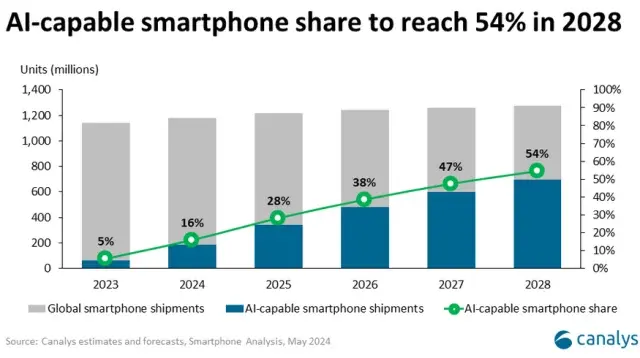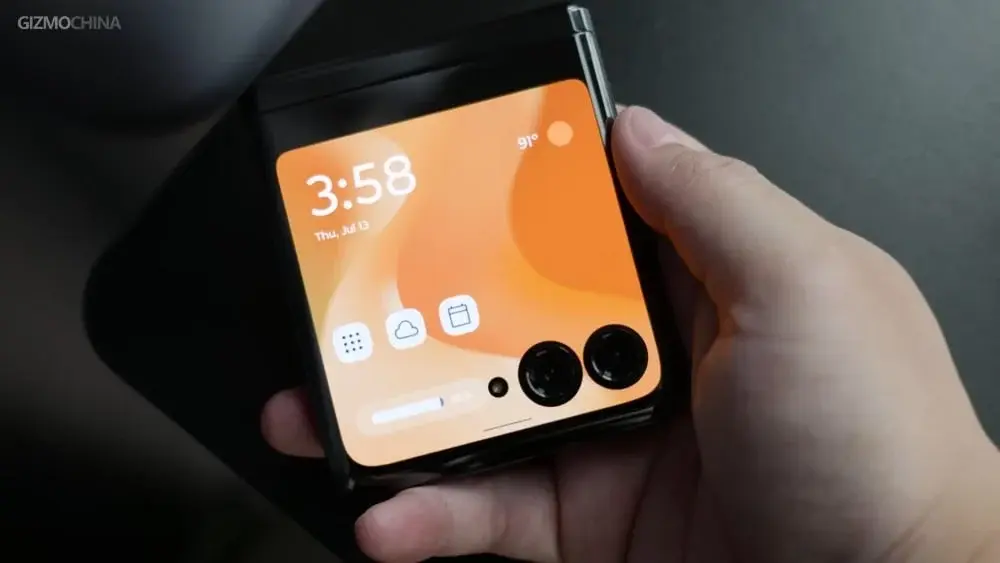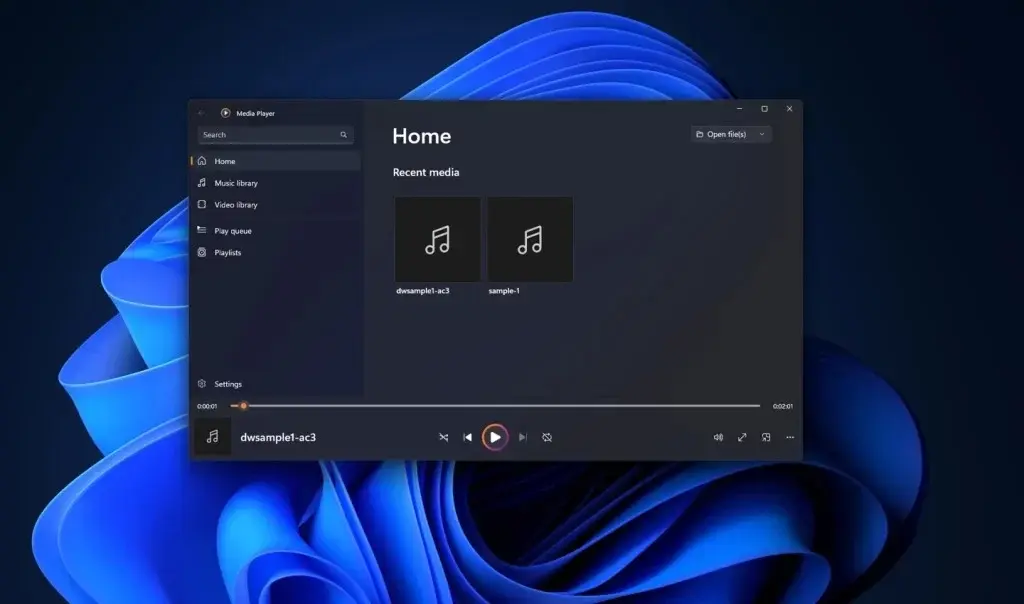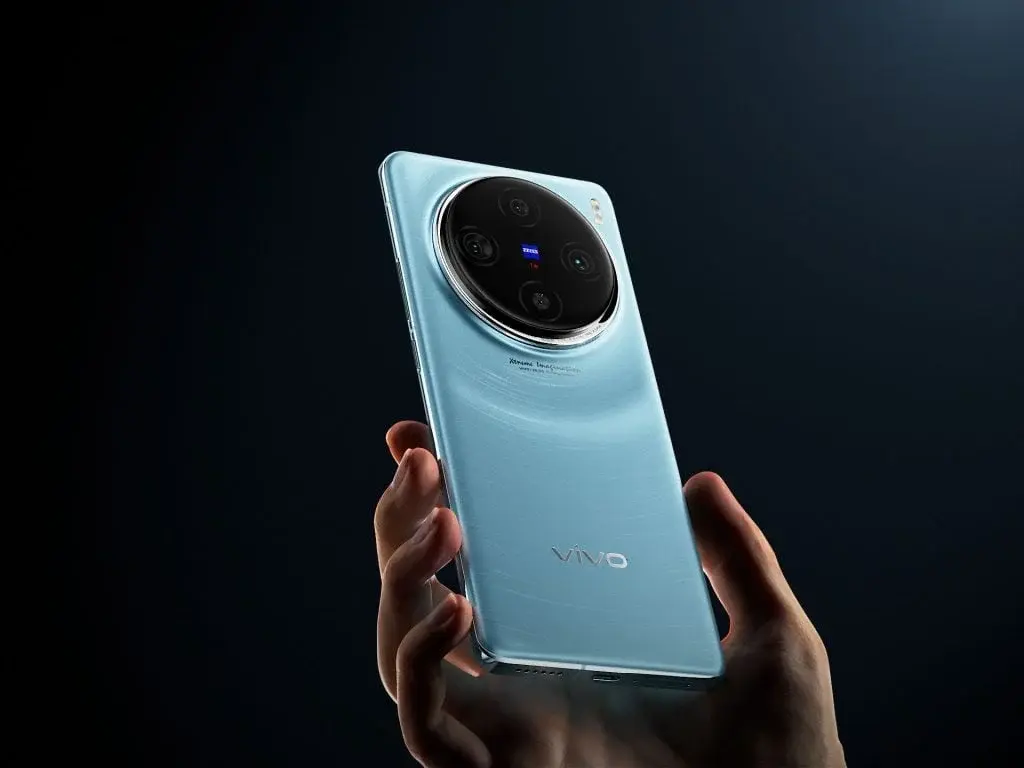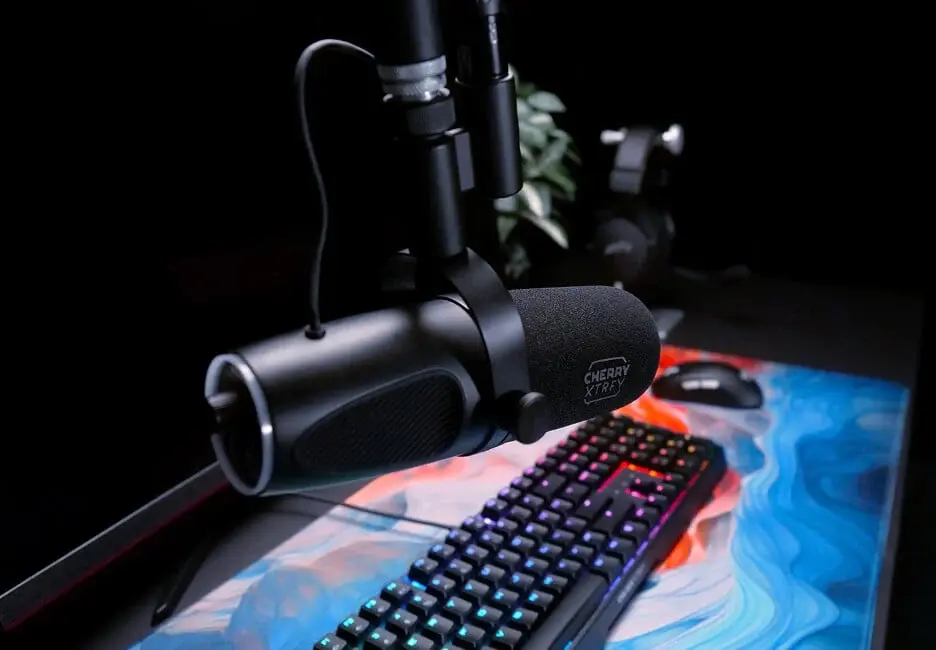The anticipation for Android 15 is mounting as its release date approaches. Google has already disclosed several intriguing features of the new OS, including satellite connectivity, notification cooldown, private space, and more. Unfortunately, as with every new release, many Android devices will become ineligible for the OS upgrade and will miss out on the latest features and enhancements.
In this article, we’ve compiled a list of OnePlus phones and tablets that will not be eligible for the Android 15-based OxygenOS 15 upgrade. Check the list to see if you need to upgrade to a newer model to experience the new Android OS.
OnePlus OxygenOS 15 (Android 15) Ineligible Devices List
- OnePlus 9
- OnePlus 9 Pro
- OnePlus 9R
- OnePlus 9RT 5G
- OnePlus Nord N30
- OnePlus Nord N300
- OnePlus Nord N20 SE
- OnePlus Nord 2T
- OnePlus Nord N20 5G
- OnePlus Nord CE 2 Lite 5G
- OnePlus Nord CE 2 5G
- OnePlus Nord 2 5G
- OnePlus Nord N200 5G
- OnePlus Nord CE 5G
- and devices launched before 2021
[Important: This list does not include OnePlus devices launched with ColorOS skin. We are only focusing on OxygenOS, which is available to all OnePlus devices outside the Chinese market.]
This is not the final list, as OnePlus has not yet announced the names of devices eligible for the OxygenOS 15 upgrade. However, the software update policy for most of its phones helped us create the above list.
OnePlus Update Policy
OnePlus promises four major OS updates for its flagship models, like the OnePlus 11, OnePlus 12, and OnePlus Open. Other high-end devices receive three OS upgrades, including OnePlus 12R, OnePlus Pad, OnePlus 11R, and others.
OnePlus typically releases two OS upgrades for its Nord series phones. However, the Nord 3 5G is the first in the lineup to be eligible for three OS upgrades. The Nord CE series phones get two OS updates, while the Nord N series devices receive just one Android update.
If your OnePlus device is on the list, it’s unlikely to receive Android 15 and further OS updates. However, it’s advisable to wait until the official list is published.
What’s Exciting About Android 15?
Android 15 does not bring a major redesign to the layouts but offers numerous new features and enhancements to look forward to.
Satellite Connectivity
One of the most talked-about features in Android 15 is satellite connectivity support. It enables you to send texts even if your device is not connected to a nearby cell tower, as long as you have access to the open sky.
This feature supports satellite connectivity for SMS and MMS apps as well as preloaded RCS apps. Unlike iPhones, this feature will not be limited to emergency uses only on Android 15.
App Archiving
Similar to offloading apps on iPhones, Android 15 will allow users to uninstall unnecessary apps while preserving the user data. There will be no data loss, and you can continue from where you left off after reinstalling/unarchiving the app.
Currently, Android has app archiving via the Google Play Store, meaning you can only archive and restore apps through the Google Play Store. But Android 15 integrates this feature at the OS level, allowing users to archive/restore apps, even those installed outside of the Google Play Store.
App Pairs
Android 15 allows you to save your favorite split-screen app combinations for quick access. For example, if you frequently take notes from YouTube, you can create an app pair for YouTube and your preferred notes app. Tapping on the app pair will instantly open both apps in split-screen mode.
This is one of the most valuable additions to Android 15, saving time and effort. However, this functionality may be limited to large-screen devices as the official website specifically mentions “large screen devices.”
Private Space
Android 15 introduces “private space” to keep your sensitive apps and files away from prying eyes under an additional layer of authentication. This is similar to the secure folder in Samsung phones.
Users can set a separate lock screen for the private space. The apps in your private space do not appear in the recent view, and all downloads are hidden from the other (regular) space. It’s a great way to protect your banking apps and other sensitive apps from others’ views.
Partial Screen Sharing
Android 15 allows you to share or record a single app rather than the entire screen. So you don’t have to worry if you accidentally open a sensitive app while sharing your screen with someone. This feature is already available to Pixel owners and now extends to all Android 15 devices.
Notification Cooldown
Google has introduced the “notification cooldown” feature in Android 15 to prevent users from being overwhelmed by too many notifications from the same app. This feature reduces the volume of successive notifications from the same app.
High-Quality Webcam
The new operating system significantly enhances webcam video quality. It adds a new “HQ” symbol in the webcam preview mode, tapping on which disables the power optimizations to offer improved video quality.
Which OnePlus device do you have? And what are your expectations from the new OS? Share your valuable thoughts in the comments below.


